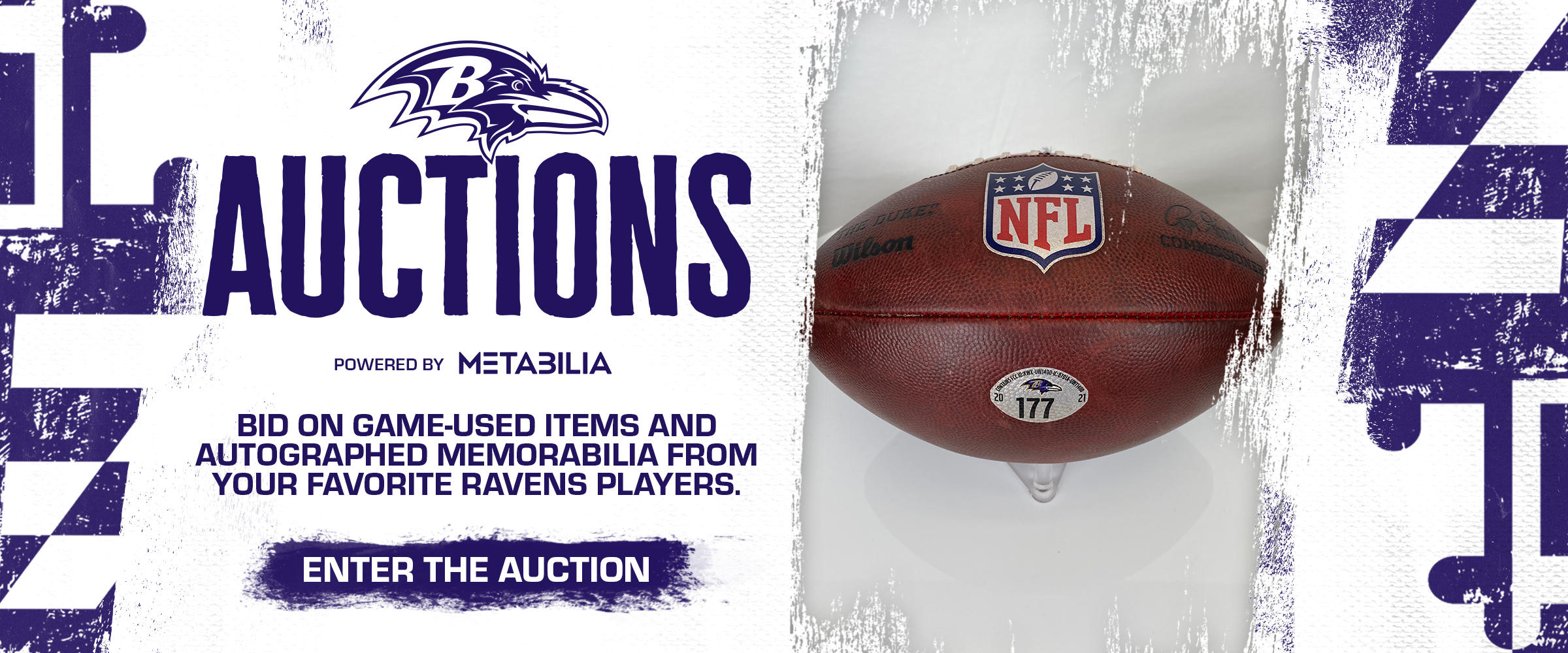Q. When does the CBA expire should there be no extension to the agreement?
A. In March of 2011.
Q. Will there be a college draft in 2011?
A. Yes.
Q. What is the "Final League Year" in the current agreement?
A. The "Final League Year" is the term used in the CBA to refer to the last year of the agreement. Without a further extension of the CBA, the "Final League Year" would be the 2010 League Year, which begins on March 5.
Q. What are the differences between the "Final League Year" and any other "League Year?"
A. The principal differences are that in the "Final League Year" there is no salary cap and there are substantial additional restrictions on player free agency and reductions in player benefits.
Q. Are current player benefits affected in the Final League Year?
A. We expect current player benefits to decline in the Final League Year. The union agreed that in the Final League Year, clubs would be relieved of their obligation to fund numerous benefit programs. Examples include second career savings (401K), player annuity, severance pay and performance-based pay. The total league-wide contributions to such plans in 2009, the last capped year, were in excess of $325 million or more than $10 million per club.
Q. Are retired player benefits affected in the Final League Year?
A. Commissioner Goodell has stated in a letter to the NFL Alumni Association Board of Directors that there will be no reduction in pension or disability payments to retired players during the Final League Year (2010). Since at least the fall of 2007, NFL owners have consistently agreed and planned that they will not reduce the funding for pension or disability benefits for retired players. Nor will they reduce funding for the 88 Plan during the Final League Year.
Q. What determines an unrestricted free agent in the Final League Year (2010)?
A. In capped seasons, a player whose contract has expired becomes an unrestricted free agent if he has four or more accrued seasons. In the Final League Year (2010), a player whose contract has expired becomes an unrestricted free agent only if he has six or more accrued seasons. An unrestricted free agent is free to sign with any club with no compensation owed to his old club.
Q. What determines whether a player is a restricted free agent in the "Final League Year?"
A. In capped seasons, a player whose contract expires becomes a restricted free agent if he has three accrued seasons. In the Final League Year (2010), a player whose contract expires becomes a restricted free agent if he has three, four or five accrued seasons. The first refusal/compensation rights of restricted free agents remain unchanged in the Final League Year.
Q. In addition to the right to designate a franchise (or transition) player each capped year, can clubs designate additional players in the Final League Year?
A. Yes, one additional player can be tagged. In capped years, a club may designate a franchise player or a transition player. In the final league year (2010), a club may designate one additional transition player. A transition player must be offered a minimum of the average of the top 10 salaries of the prior season at the player's position or 120 percent of the player's prior year's salary, whichever is greater. A transition player designation gives the club a first-refusal right to match within seven days an offer sheet given to the player by another club after his contract expires. If the club matches, it retains the player. If it does not match, it receives no draft pick compensation from that club.
Q. What is the Final Eight Plan?
A. During the Final League Year, the eight clubs that make the Divisional Playoffs in the previous season have additional restrictions that limit their ability to sign unrestricted free agents from other clubs. In general, the four clubs participating in the championship games are limited in the number of free agents that they may sign; the limit is determined by the number of their own free agents signing with other clubs. They cannot sign any UFAs unless one of theirs is signed by another team.
For the four clubs that lost in the Divisional Playoffs, in addition to having the ability to sign free agents based on the number of their own free agents signing with other clubs, they may also sign players based on specific financial parameters. Those four only will be permitted to sign one unrestricted free agent for $5.5 million (estimated) or more in year one of the contract, plus the number of their UFAs who sign with another team. They also can sign any unrestricted free agents for less than $3.7 (estimated) million in year one of the contract with limitations on the per year increases.
In the case of all final eight teams, the first year salary of UFAs they sign to replace those lost cannot exceed the first year salary of the player lost with limitations on the per year increases.
Q. Is there an Entering Player Pool in the Final League Year?
A. There may be. The CBA provides that the league has the unilateral right to keep or eliminate the rookie pool in the Final League Year.
Q. Is there a Minimum Team Salary in the Final League Year?
A. There is no Minimum Team Salary in the Final League Year. The Minimum Team Salary in 2009 is $107,748,000, meaning each team is required to allocate more than $107 million to player costs (not including benefits). The team salary cap in 2009 was $123 million.
Q. Are there individual player minimum salaries in the Final League Year?
A. Yes, but they rise at a rate somewhat slower than player minimum salaries rise in capped years.
Q. Do any player contract rules from capped years remain in place for the Final League Year?
A. Yes, some rules like the "30% increase rule" are still in effect in the Final League Year for player contracts signed in capped years. That rule restricts salary increases from 2009 to 2010. For example: a player with a $500,000 salary in 2009 would be limited to annual salary increases of $150,000 ($500,000 x 30%) beginning in 2010.

















